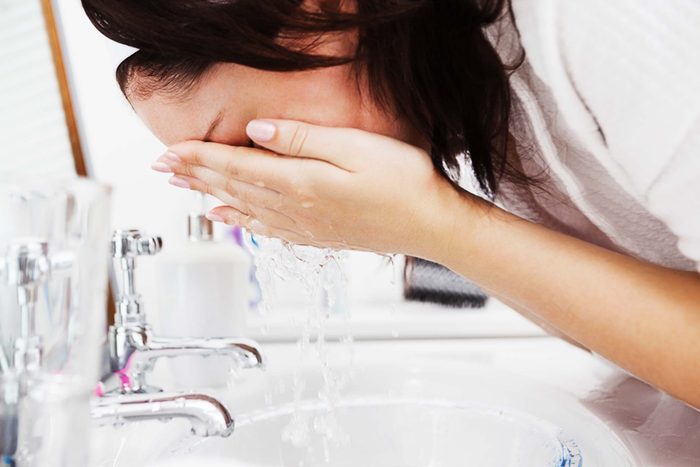
Costly cleansers
Cleansers are only on your skin for a short time, so they rarely have much “action” beyond removing makeup, oil, and dirt—something any cleanser should do, says Christine Choi Kim, a dermatologist in Santa Monica, California. A more worthwhile investment: a Clarisonic cleansing brush. Unlike other cheaper cleansing devices, which use manually rotating brush heads that can be too abrasive on sensitive skin, Clarisonic employs ultrasonic vibration to gently, yet deeply cleanse skin. The payoff: Besides minimizing breakouts, you’ll get more punch from the products you use afterward. Plus, these other facial cleansers won’t strip your skin.
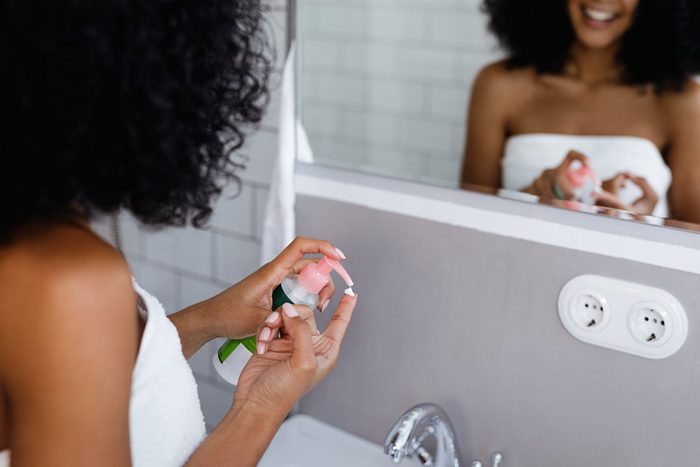
Trendy anti-aging products
Snake venom and stem cells sound sexy, and they may even have some skin benefits. But nothing has the proven scientific track record of retinoids and alpha-hydroxy acids (AHAs), says Kim. Both can gradually build collagen, minimize the appearance of fine lines and unwanted pigmentation, and keep pores clear to help alleviate acne. “These, combined with sunscreen, are the simple foundation of most dermatologists’ personal skin-care regimens,” she says.
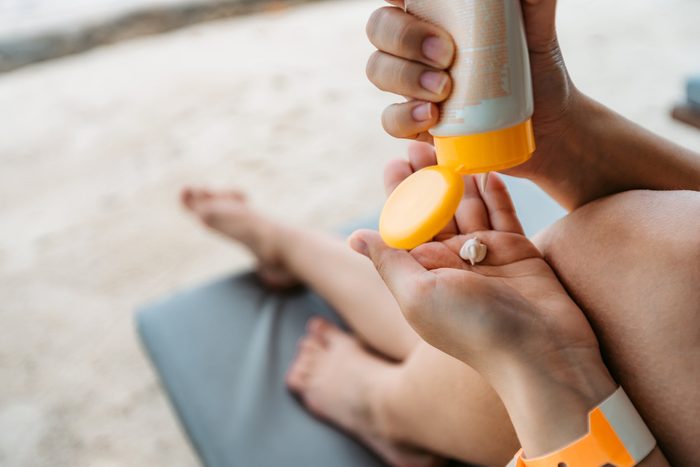
Pricey sunscreens
The best sunscreen is one you’ll use. So if you’re more likely to apply a $35 sunscreen because you love the way it feels or smells, slather away. Just be aware that there’s no need to shell out big bucks to effectively shield your skin from the sun. “Expensive packaging doesn’t mean more protection,” says Mona Gohara, associate clinical professor of dermatology at Yale School of Medicine.
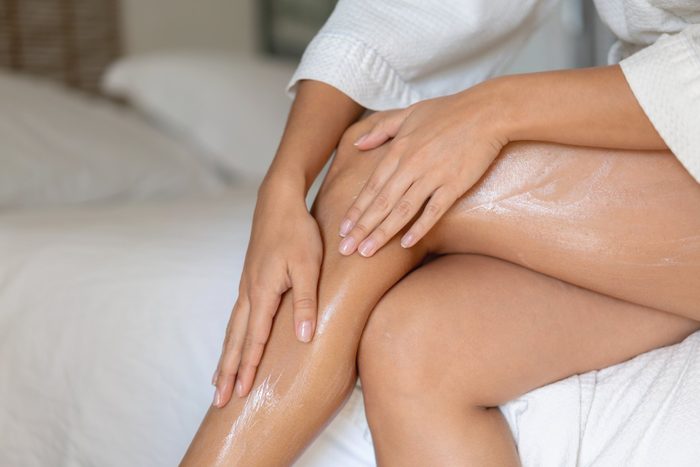
Cellulite-reducing creams
“Cellulite is a complex biologic process that no cream can currently correct,” says New York-based dermatologist David Bank, who evaluates claims for these products for the Federal Trade Commission. At most, he reports, some creams may temporarily smooth the appearance of cellulite by hydrating the skin or—in the case of those that contain caffeine—by slightly improving drainage of the sluggish lymphatic system, which is one of the underlying causes of cellulite. A more surefire way to disguise the dimpling is with self-tanner; according to Bank, the darker colour diminishes the “shadowing” created by the alternating high and low areas of skin. (Check out the biggest myths about cellulite.)
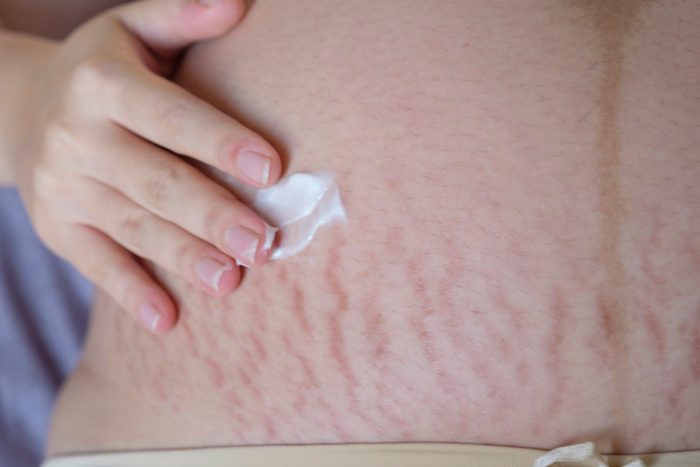
Stretch mark creams
Skip ‘em, advises Gohara. “If they really worked, stretch marks wouldn’t exist!” The one exception is prescription retinoids, which studies show can improve the appearance of new stretch marks after six months of daily use. (Note: Retinoids can’t be used during pregnancy or while breastfeeding.) For more significant improvement (at a far more significant cost), ask your dermatologist about laser treatments. Some lasers can stimulate collagen growth and zap away the redness of fresh stretch marks, while others can re-pigment older marks that have turned white. If camouflaging them is more your style, a little body makeup can help even out your skin. (Here are some other preventative measures and treatments for stretch marks.)
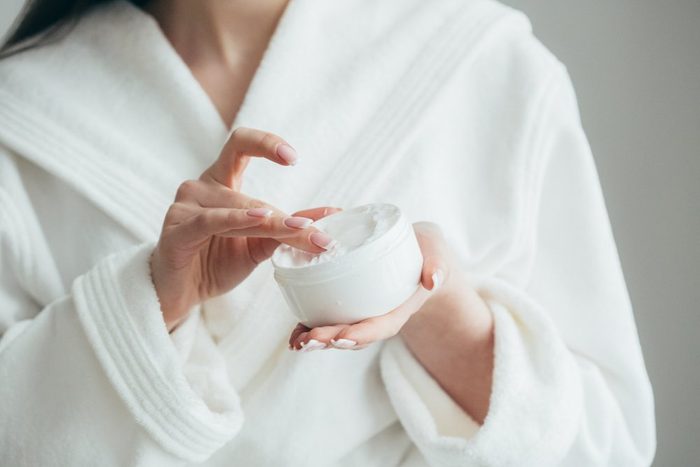
Pore-shrinking products
Many manufacturers are honest about what they can do for your pores—that is, temporarily minimize their appearance, usually by filling them in with silicone-based products. But some go overboard and promise to actually shrink their size. Don’t buy it, advises Kim. “The size of your pores is determined by genetics, and nothing can permanently change that.” What about when pores become enlarged due to acne or sun damage? Since boosting cell turnover can help unclog pores, you’ll get the most benefit from retinoids or AHAs. But manage your expectations. “They can theoretically decrease pore size, just not back to the day you were born,” says Gohara. (Here are some myths and truths about pores.)
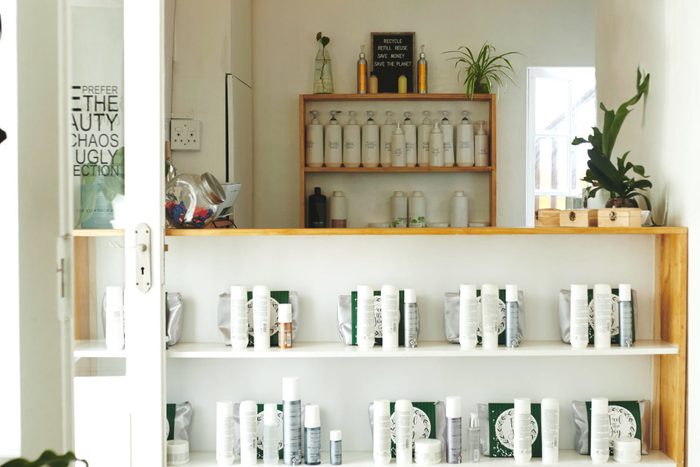
Salon hair brands
“There’s no fundamental aspect of the technology used in these products that would make them better than drugstore brands,” says cosmetic chemist Randy Schueller, founder of the Beauty Brains website and former senior director of hair and skin care R&D for Alberto Culver. While any brand—salon or drugstore—will use a proprietary ingredient from time to time, he notes that they both use the same basic ingredients. Be skeptical when stylists advise you about what products to use as well. “They learn about products from the marketing department of salon brands and also make a commission on products you buy from them,” says Schueller. “When they bash drugstore brands, they do so without any real evidence to back up their claims.” (Try these home remedies for dry or damaged hair.)
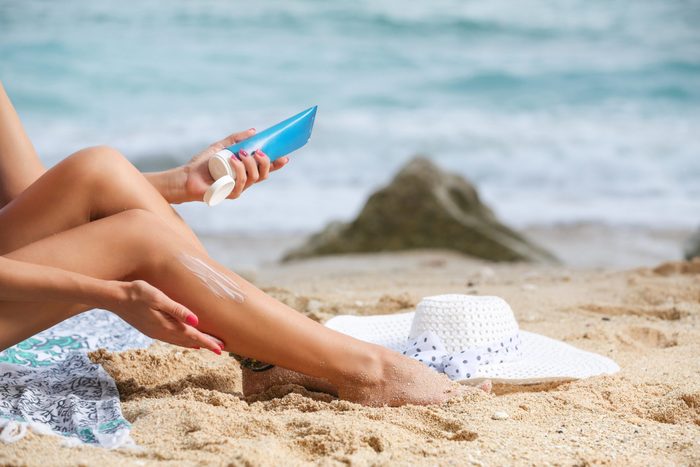
High-SPF sunscreens
If you (wrongly) believe that SPF 100 blocks double the UV rays as SPF 50, you’re not alone. “One of the biggest misconceptions about sunscreens is that those with higher SPFs block twice or triple the rays as lower ones, when they really only provide slightly more protection,” says Gohara. The reality: SPF 15 blocks 93 percent, SPF 30 blocks 95 percent, SPF 50 blocks 97 percent, and SPF 100 blocks 99 percent. Despite these incremental differences, research shows people who use higher SPFs tend to stay in the sun longer without reapplying, as well as forgo other sun-protective measures. “They provide a false sense of security,” explains Gohara. A safer bet than sky-high SPFs: broad-spectrum sunscreen with an SPF of at least 30 (as a bonus, you may save a few dollars, since higher SPFs often come with a higher price tag). Then be sure to use it correctly. To receive the promised SPF, you need to apply a full ounce (that’s a golfball-sized amount) all over your body. Reapplication is also a must, so remember to slather on more sunscreen every two hours or after swimming, perspiring heavily, or towelling off.
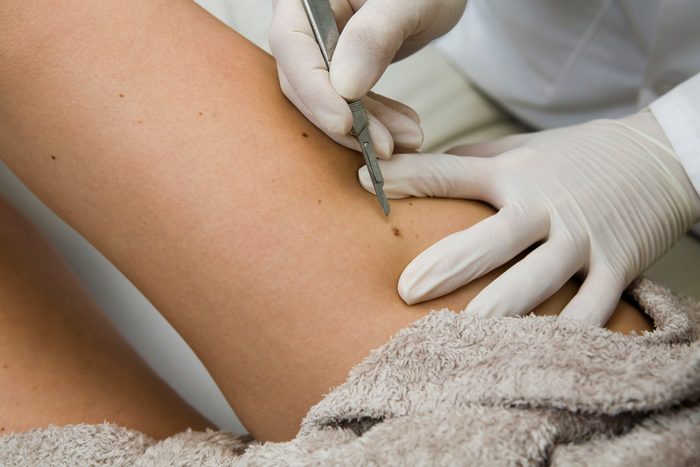
Removers for all sorts of skin woes
Want to erase a tattoo or remove a skin tag without seeing a doctor? Yep, there’s a product for that. But experts caution that these DIY offerings don’t live up to their claims. They include OTC lasers and creams to take the ink out of skin (the best they’ll do is fade the tattoo slightly, says Schueller, who advises saving up for laser treatments instead) and liquid nitrogen solutions that mimic the freezing effect of cryotherapy, a treatment dermatologists use to get rid of skin tags. “It’s just not as reliable as the in-office procedure, and since it has the potential to harm your skin if used incorrectly, it’s best to use it under the direction of your doctor,” says Gohara.
Next, check out these vital skin care practices for every age.
